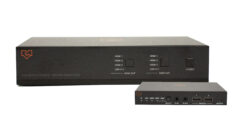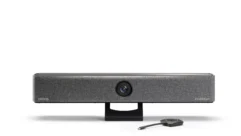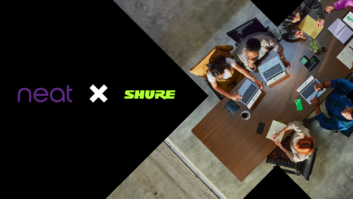As the Chief Engagement Officer at Bravo Media, and a participant on the panel, I’ve seen just how vital this can be to the success of both event-based and long-term endeavors.
For years, Bravo has produced large-scale and small-scale projection mapping displays. When Mercedes approached us about projection mapping on the side of a car, we were excited. Their question, though, was not “How cool will it look?” but “How can it be interactive?” And not just interactive, but capable of generating social buzz and collateral.
Our solution was to create a custom iPad app that lets guests “paint” right onto the side of the latest Mercedes convertible themselves and see their paint job appear in real time thanks to mapped projection. The result was not only a great looking display, but a display that generated a steady stream of social activations as guests designed, photographed, and shared their one-of-a-kind creations.
Of course, when it comes to AV, the move from one-way to interactive displays presents a whole new range of challenges. In the case of the Mercedes project, it was no longer simply sourcing a projector with the proper lumens. Now the project had to integrate projectors, tablets, lighting, and data capture. It had to be designed and installed such that it would not be disrupted by constant human contact. A far cry from a flat screen on a wall.
With the demand for interactive displays increasing by the day, it means that AV suppliers, content producers, and clients really need to all be at the table on day one. For the AV suppliers, it is essential to understand the full range of functionality required and the degree of physical impact a particular interaction might create. For content producers, having the complete range of available and viable AV options on the table from the beginning will provide guidance when crafting the nature of both the content and the interactive experience. Most importantly, the client will be able to see how their choices might impact either the range of AV options or the range of content/ interactivity that can be provided.
This sort of day-one collaboration is certainly a change in the status quo. For it to be successful, it is going to require a deeper sense of trust among all parties and a desire to collaborate for the greater good of the overall endeavor. It can no longer be a question of, “How do I get my company the biggest percentage of the budget?” but instead, “How can I work with the other key players to deliver the greatest value to my client?”










